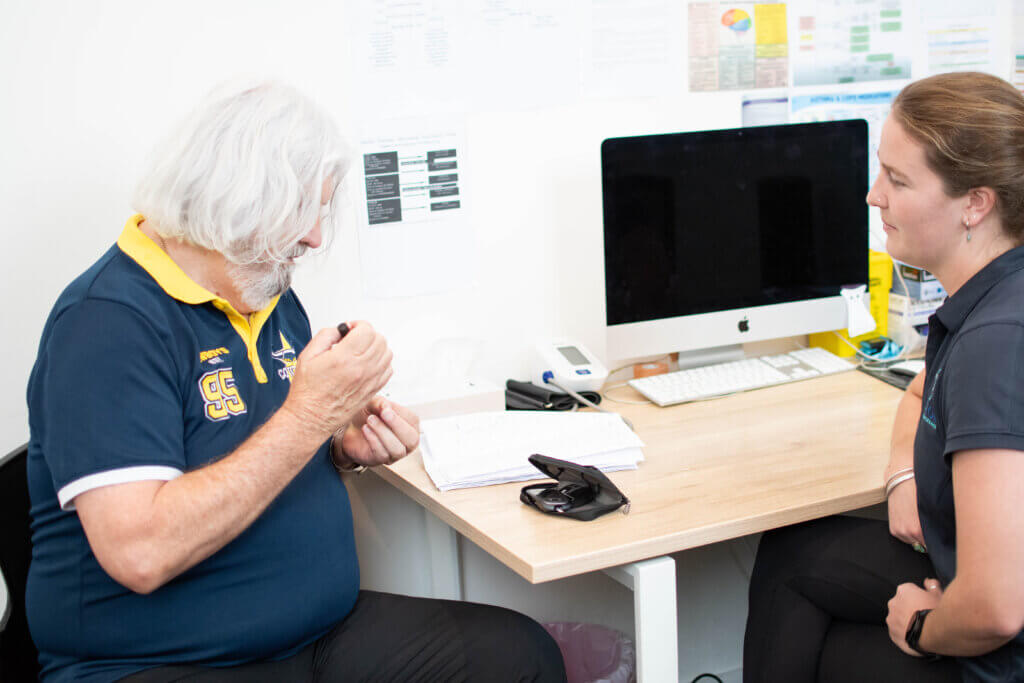Exercise for Diabetes
How we can help.
Exercise is a powerful tool for diabetes management, offering a natural and effective way to control blood sugar levels and improve overall well-being. Through regular, structured activity, such as aerobic exercise, resistance training, and cardio conditioning, those managing diabetes can see significant improvements in insulin sensitivity, glycemic control, and cardiovascular health.
For individuals with Type 1 or Type 2 diabetes, movement is medicine, bringing benefits that extend well beyond blood glucose control.
What is Type 2 Diabetes?
Type 2 Diabetes Mellitus is commonly referred to as T2DM and is a chronic metabolic condition characterised by elevated blood glucose concentration. This occurs as a result of the body’s cells not responding effectively to insulin that is produced by the pancreas and over time the body loses the ability to produce enough insulin. As insulin is used to signal to the body to take up blood glucose and turn it into energy a build-up occurs and high blood glucose levels are seen.
What is Type 1 Diabetes?
Type 1 Diabetes Mellitus (T1DM) is a chronic condition that affects insulin production in the body. Insulin is used in the body to help regulate blood sugar levels. Without insulin, the body cannot metabolise glucose which leads to high levels of sugar in the blood. For people with T1DM, their body cannot produce enough insulin on its own and they rely on insulin treatment as well as diet and exercise to manage the condition.
Unlike Type 2 Diabetes, T1DM is not a lifestyle-related chronic disease and is instead an autoimmune disease where the body’s immune system attacks healthy cells that produce insulin within the pancreas.



The Role of Exercise in Managing Diabetes
Exercise and physical activity are key tools for managing T2DM and preventing other co-morbidities. Regular exercise can improve glucose tolerance, improve insulin sensitivity, and improve cardiovascular disease risk factors such as high blood pressure. Type 1 diabetes requires careful monitoring and management of blood sugar levels.
Tips for Exercising with Type 1 Diabetes:
-Check and record your BGLs before, during, and after exercise to ensure you are in a safe range. Recording this data will also help you to further understand how your body reacts to exercise.
– Drink fluid (water) before, during, and after exercise to avoid dehydration.
– Carry extra carbohydrates with you to ensure you are prepared in case of hypoglycemia.
– Know your symptoms of an abnormal response to exercise.
An accredited exercise physiologist can help with starting small and working up to meeting these guidelines. It is also important to monitor symptoms and blood glucose levels before, during, and after exercise, especially when first starting.
Book Your Consultation
Before commencing an exercise routine, speak to your GP or an Accredited Exercise Physiologist to ensure you are exercising safely and appropriately. Our experienced team of exercise physiologists provides comprehensive programs for diabetes management, focusing on tailored treatments in state-of-the-art facilities.
We offer physiotherapy, exercise physiology, and coaching in Rockhampton, Yeppoon, and Biloela.
